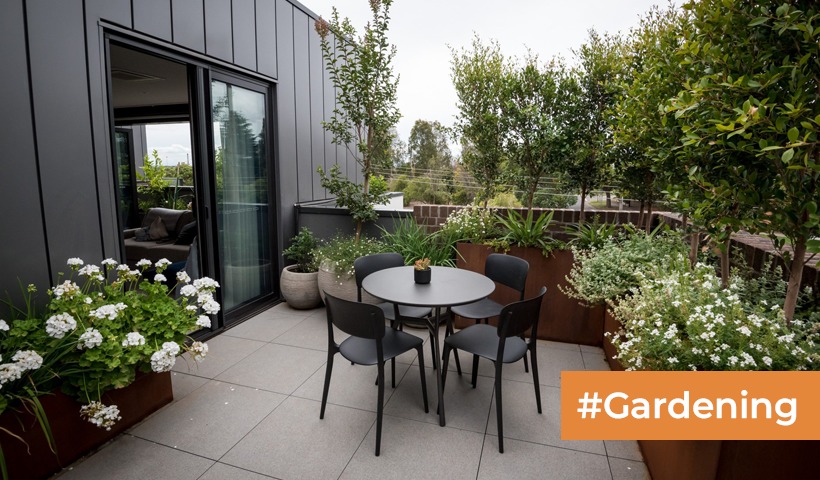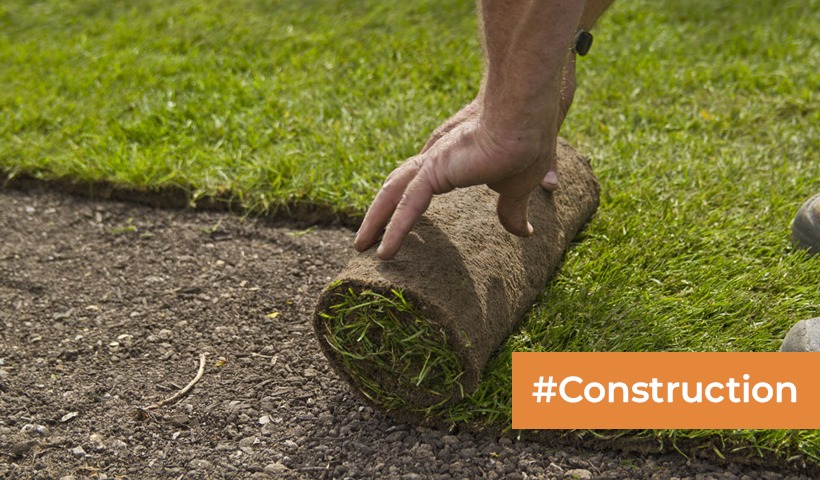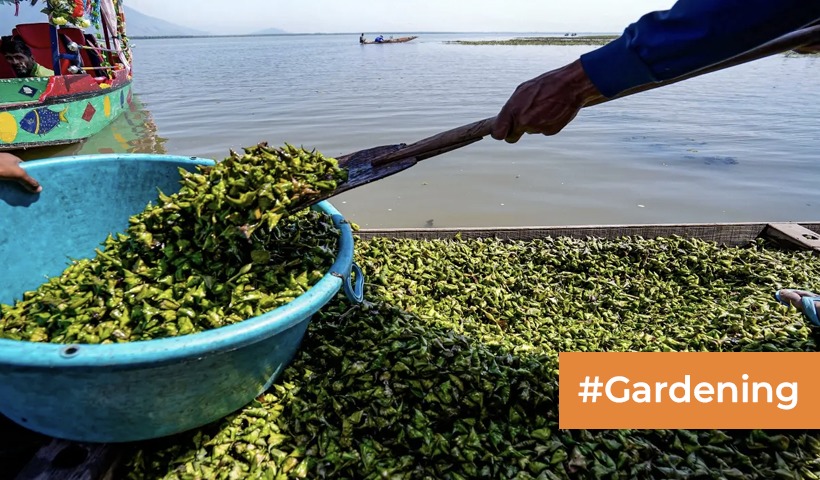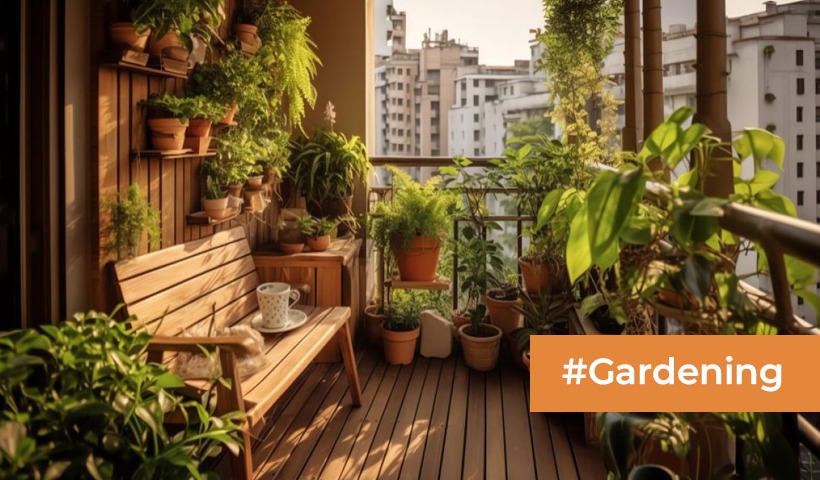Wholesome Harvest: Growing Wheatgrass Indoors – Soil vs. Soilless!
Wheatgrass, celebrated for its nutritional benefits and vibrant green color, has gained popularity as a potent health booster. Growing wheatgrass indoors provides a convenient and accessible way to incorporate this nutrient-rich superfood into your daily routine. In this comprehensive guide, we’ll explore the two primary methods of growing wheatgrass indoors – using soil and opting for a soilless approach. Each method has its advantages, and choosing the right one depends on your preferences and the resources available.
Growing Wheatgrass in Soil:
- Selecting the Right Soil: Use a high-quality potting mix or a blend of garden soil and compost. Ensure the soil is well-draining to prevent waterlogging, which can lead to mold and root rot.
- Choosing a Container: Select shallow trays or flats with drainage holes to sow the wheatgrass seeds. These containers provide sufficient space for the roots to establish and allow excess water to escape.
- Sowing the Seeds: Evenly spread a thin layer of pre-soaked wheatgrass seeds over the soil. Gently press the seeds into the soil and cover them with a thin layer of additional soil. Water the soil lightly after planting.
- Providing Adequate Sunlight: Place the trays in a location that receives indirect sunlight. Wheatgrass prefers bright, filtered light. If natural light is limited, consider using a grow light to supplement.
- Watering: Keep the soil consistently moist but not waterlogged. Mist the soil regularly to maintain humidity, especially during the germination phase. Once the grass is established, water when the top inch of soil feels dry.
- Harvesting: Harvest wheatgrass when it reaches a height of 6-8 inches. Use scissors to snip the grass just above the soil level. Harvesting can begin around 7-10 days after planting.
Growing Wheatgrass in a Soilless Medium:
- Selecting a Growing Medium: Opt for a soilless growing medium such as coconut coir, peat moss, or hydroponic growing mats. These mediums provide a sterile and nutrient-rich environment for wheatgrass growth.
- Choosing a Tray or Container: Use trays or flats with good drainage to prevent water accumulation. Place a layer of the chosen soilless medium evenly in the tray.
- Sowing the Seeds: Spread a thin layer of pre-soaked wheatgrass seeds over the soilless medium. Lightly press the seeds into the medium, ensuring good seed-to-medium contact.
- Providing Adequate Sunlight: Similar to soil-based growing, place the trays in a location with indirect sunlight or use a grow light to ensure optimal growth conditions.
- Watering: Mist the soilless medium regularly to maintain moisture. Ensure that the medium remains consistently damp throughout the growth cycle. Avoid waterlogged conditions.
- Harvesting: Harvest wheatgrass when it reaches the desired height, typically 6-8 inches. Snip the grass just above the soilless medium using scissors. Harvesting can begin around 7-10 days after planting.
Choosing Between Soil and Soilless:
- Advantages of Soil-Based Growing:
- Soil provides a natural environment for wheatgrass roots to establish.
- It contains essential nutrients that support plant growth.
- Soil can provide a stable and supportive structure for the growing grass.
- Advantages of Soilless Growing:
- Soilless mediums offer a sterile environment, reducing the risk of pests and diseases.
- They are lightweight and easy to handle.
- Soilless growing can be a cleaner and more convenient option for indoor cultivation.
Disclaimer: The views expressed above are for informational purposes only based on industry reports and related news stories. PropertyPistol does not guarantee the accuracy, completeness, or reliability of the information and shall not be held responsible for any action taken based on the published information.




